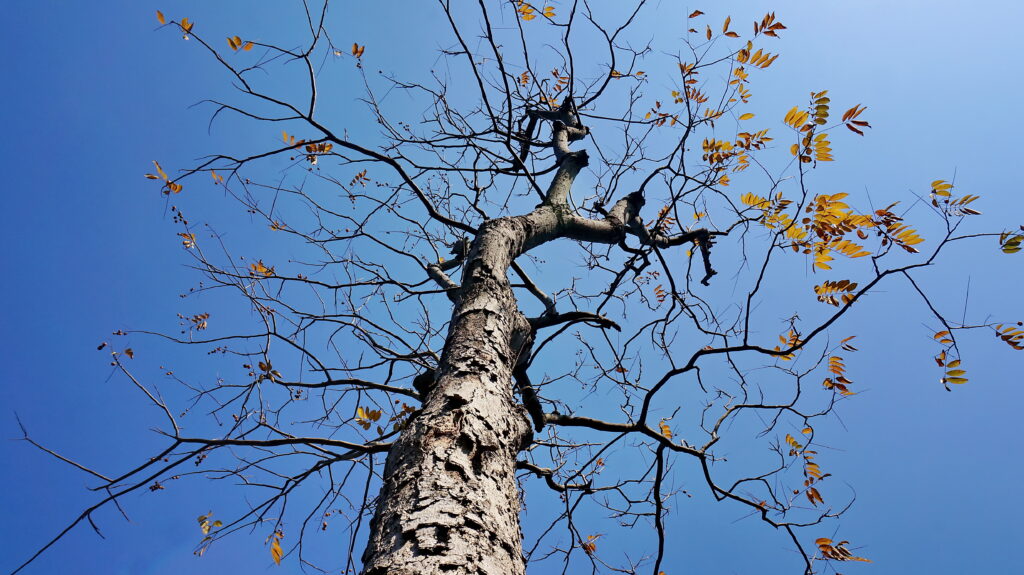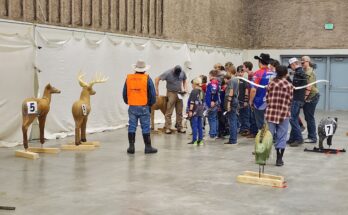
American elm trees have faced significant devastation from Dutch elm disease over the past 36 years. Many of these trees are exhibiting increased seed production, likely as a response to environmental stressors. When trees sense that they are nearing the end of their life, they often redirect their energy toward producing seeds instead of leaves, which can lead to insufficient foliage. This lack of leaf production makes the trees more vulnerable to bark beetle infestations. Homeowners can take steps to help protect their elms by watering along the drip line at the outer edge of the branches and avoiding the use of heavy nitrogen fertilizers. Additionally, implementing insect control measures can also be beneficial.


